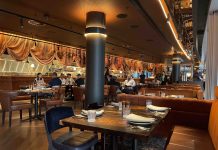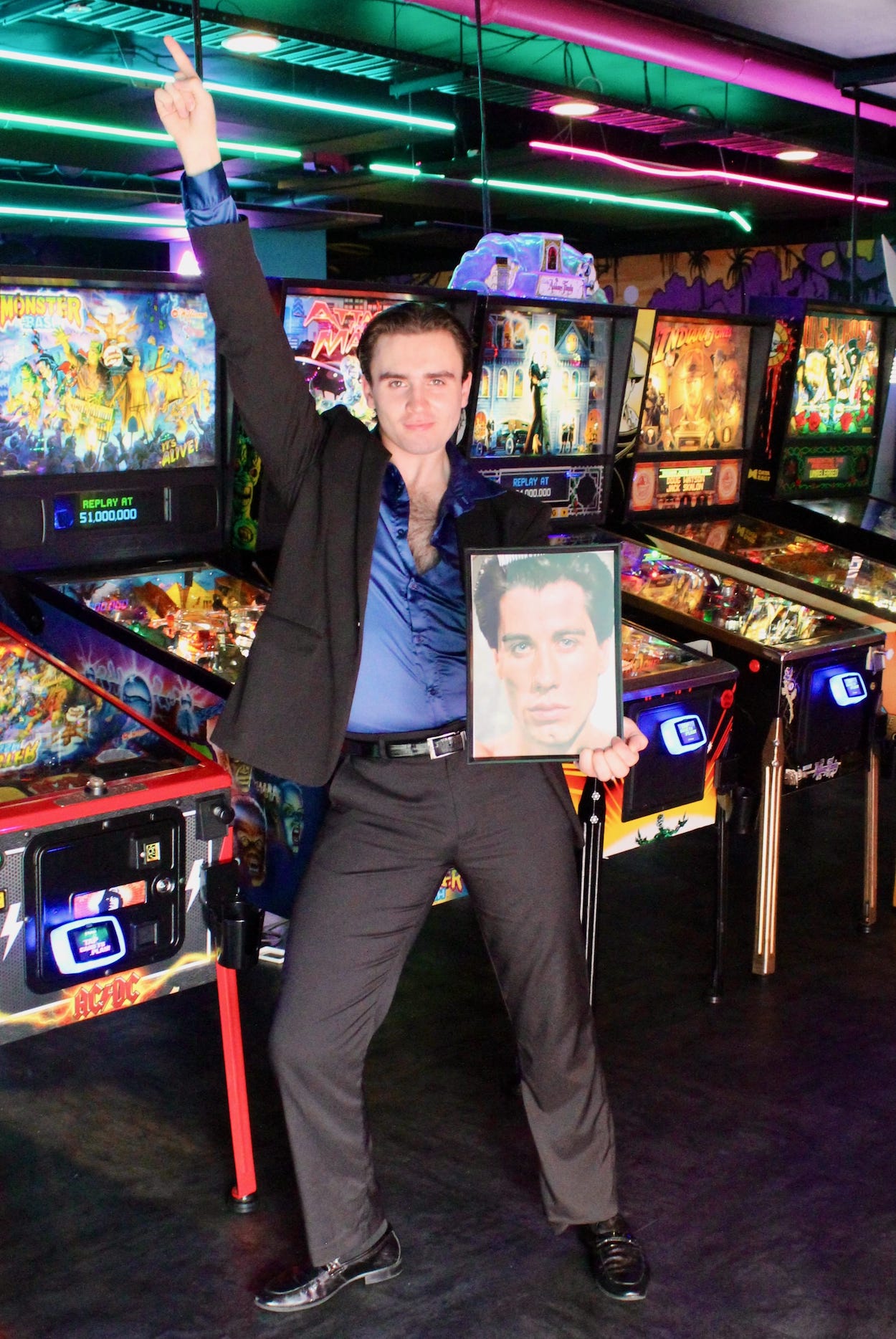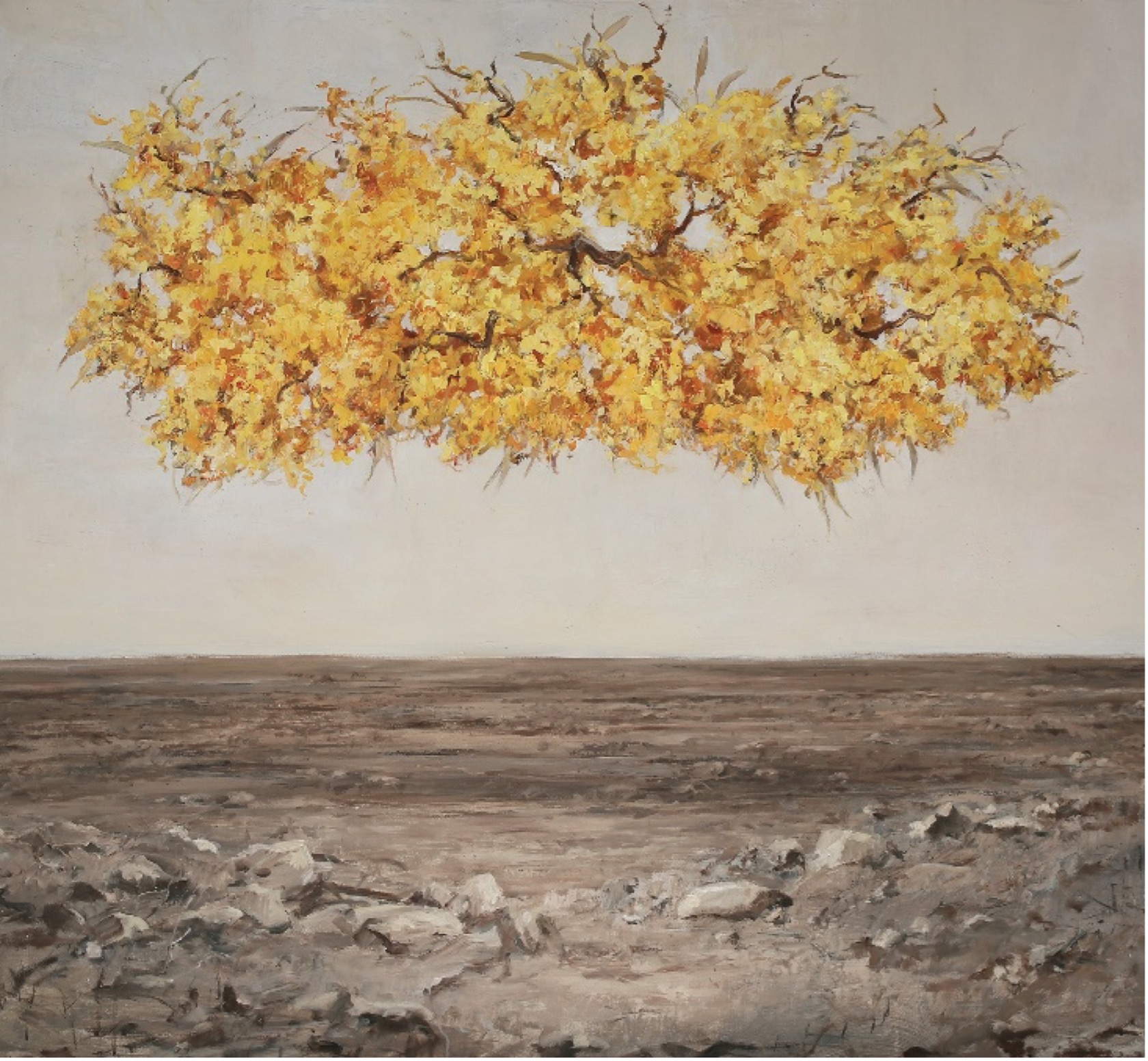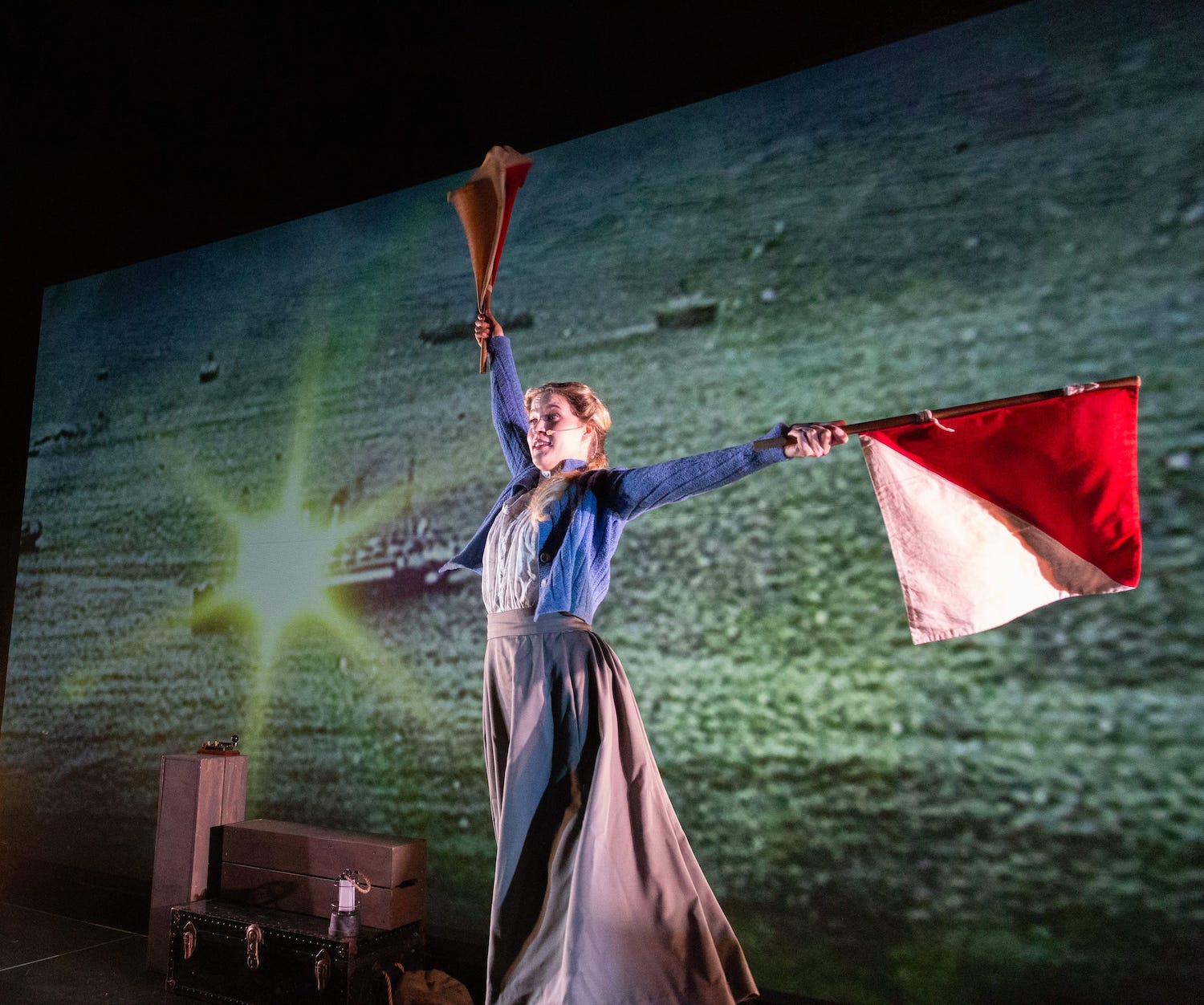Rich travel pickings are unfolding across Western Australia like never before. They are new, even for seasoned travellers. Yet they couldn’t be older.
Indigenous peoples, with at least 50,000 years of world-unique history are opening their trails, their lands, their culture and their secrets like never before.
Travellers are snapping-up the inside knowledge of the world’s oldest culture from the experts themselves, the elders and the new Indigenous generation.
“Aboriginal elders used storytelling to pass on cultural knowledge and understanding that was needed in order to survive and protect the country,” says the brochure in the tourist office.
“Today, these same stories continue to be passed on to each new generation.”
And this is being shared with the wider community, as I witnessed over three months travelling in WA.
Stories of Indigenous artwork, hunting and survival skills, Dreaming stories, interaction with wildlife and bush tucker and walking trails are being shared.
It’s happening on a wide scale and that’s growing from the North-West to the South-West.
There are clear signs to Aboriginal communities, to rock art sites, cultural centres with Aboriginal-theme sculptures and artworks displayed prominently. Aboriginal names in parks, local government areas and on streets are flourishing.
Clinton Walker, descendant of the Ngarluma and Yindjibarndi people, traditional owners of coastal and inland areas of the West Pilbara started Ngurrangga Tours “to educate and immerse people in the ways of his culture and history”.
Clinton has spent his life learning from his elders and family about the traditional ways of his people.
Eager tourists are taking Clinton’s lead, following him in their 4WDs and listening-in to his commentary on their CB radios. A full day “tag-along” costs from $220.
Bundy’s Cultural Tours offers safari tent accommodation and bush tucker/medicine plants, traditional fish-poisoning, night fishing and Dreamtime stories.
Broome Coastal Tours offers: “whatever Mother dishes-up reflecting our connection to buru (country).
Across the State our Indigenous hosts lead us in their harsh environment, effortlessly traversing lands with spiky plants, rough stones and a worrying array of poisonous and threatening wildlife: snakes, spiders, ants and unknowns.
Many of us locals feel like fish out of water and international visitors, especially, are daunted by the outback. However, the easy manner, clear explanations and shared experiences of our Aboriginal hosts has a calming effect on all of us.
To experience the wilderness through the eyes of the Miriuwung people includes a Luridgii Tour through the Argyle Diamond mine – with a difference. The tourist hears about how diamonds came to be with the Jaliwang (Barramundi) Dreaming.
In Broome, Bart Pigram, a Yawuru man, is a trained curator with saltwater lifestyle background who can give the inside running on the fascinating life of mangrove forests.
To hear about the world’s largest rock art gallery, a trip with Ngurranga Cultural Tours explains the Pilbara’s 40,000-year-old ancient petroglyphs.
In Shark Bay there are cultural awareness programs and bush tucker tours.
Kalgoorlie Bush Ghoodhu Wongutha Tours appeals with honey ants, animal tracking, traditional language, significant sites and camping out. In Dumbleyung there’s foraging and bushtucker as well as culturally-significant sites.
From Yallingup, there’s the Wardan Aboriginal Cultural Centre, developed by the Wardandi people to share their culture “to increase understanding and reconciliation with the wider community.” Their extensive art collection is well-respected.
Walyunga National Park, 40 kms north east of Perth, has a 5.2 km half-day heritage walk trail where the history of white water rafting is explained along with Indigenous culture, the plants and animals.
Koomal Dreaming at Yallingup explains the lives of the Wadandi people with didgeridoo music, artefacts, native foods, caving and bush walks.
In Perth, Nyungar guides reveal the secrets of the city’s past culture, the Whadjuk people and Dreaming stories as well as language, tools and weapons and traditional songs.
WA is a big canvas, over 2.5 million kilometres, unchanged for billions of years and where semi-nomadic mobs thrived as hunter-gatherers and used 60 language groups.
Aboriginal heritage is protected with some regions requiring transit permits. Mostly it’s an easy process but at least 10 days’ notice is required.
West Australians’ understanding of their own immense and unique backyard and the peoples who tamed it has been lacking in past education. Travelling as tourists in our own land creates a knowledge thirst that, happily, is being met by Indigenous groups, authorities and individuals.
The Western Australian Indigenous Tourism Operators Council was formed to foster Aboriginal tourism experiences to “ensure visitors receive the real Aboriginal cultural experience they seek”.
The council offers brilliant maps and brochures including Touring Map of Western Australia Aboriginal Tours and Experiencesand also Aboriginal Cultural Tours and Maps(www.waitoc.com).
Indigenous peoples encourage children to join their tours. They spell it out:
“Whether it’s ancient Dreaming stories told around a campfire, cooking freshly-caught crab or witchetty grubs over open coals, tracking wildlife across the desert sands or making a traditional spear or tapping sticks, children feel better, behave better and learn more when we combine learning with outdoor nature-based and cultural activities.
“When children leave behind the social and technological complexities of modern life, it reignites their natural curiosity, inventiveness and sense of adventure”.
Indigenous tourism operators say: “Welcome to our country”.



































